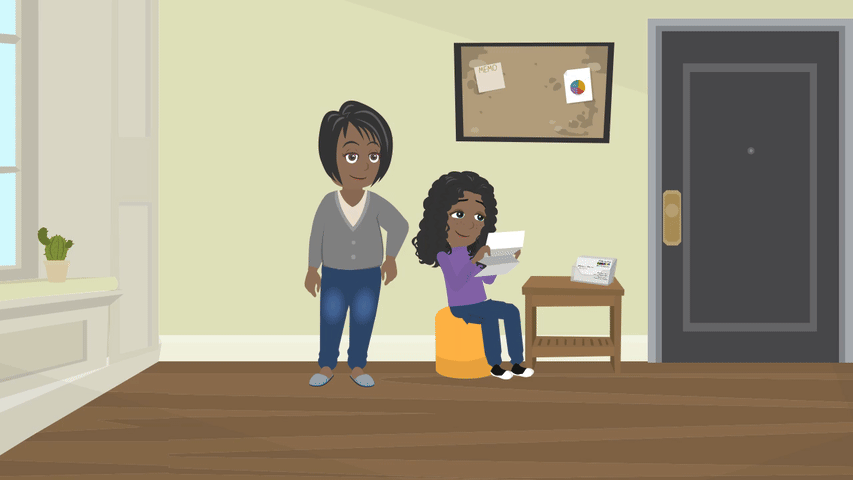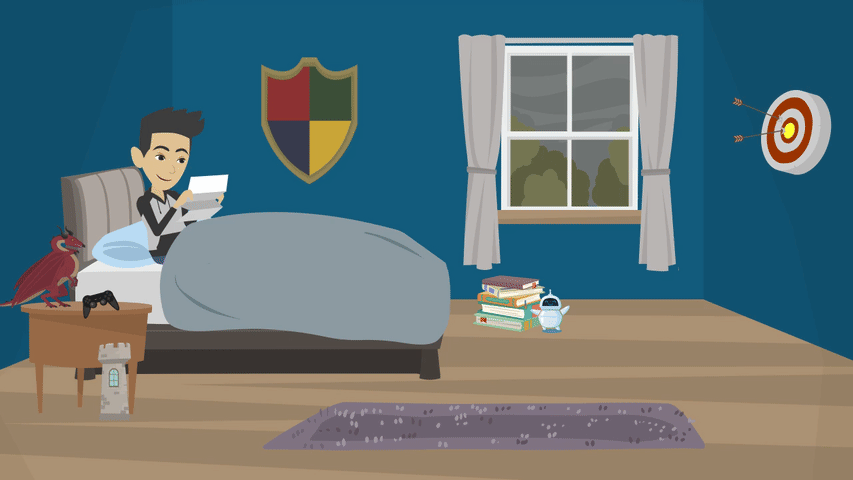Now, fill out this Choosing Your Coping Tools worksheet (or read it in the drop-down below). Review this list of coping tools on your own or with your parent, then check off which tools have worked well in the past and which ones you would like to try! Afterwards, choose two activities that you would like to try using as coping tools this week when you are feeling overwhelmed or anxious. Make sure one of the skills is one you can use in pretty much any situation, like deep breathing or 5-4-3-2-1.
As you complete your exposure activities this week, try to use the coping skills you picked every day. Download this Coping Skills Tracking Form that you can use over the next week.
Coping Skills Cards
Remembering to use coping skills when you are anxious can be hard, but these coping skill cards can serve as reminders (download it as PDF). Each card has a brief reminder about either deep breathing or 5-4-3-2-1 or other common coping skills. You can also fill out your own using the blank card.
Here are some ways you can use these cards:
- Print and carry the cards with you so you can look at them when you are anxious. You could keep them in your pocket, wallet, purse, or phone case.
- Print and store the cards in a safe area (on your desk or on your bookshelf) and come back to them when you are anxious
- Print and place the cards somewhere you often feel anxious, so you can quickly reach them. These places could be next to your bed, in the kitchen, or inside your mom’s car.
- Download the cards onto your phone so that you can have them to look at whenever you need! You could also make one of the cards your phone background if you need a frequent reminder to calm your mind and body.
Remember that coping skills are only effective if they help you face your fears. If you find yourself using your coping cards a lot, but you are not taking steps on your plan of action, you might find that your anxiety is not getting any easier to manage.
Let’s look at how George and Sophia practice coping and relaxation skills.
Sophia uses coping and relaxation skills when she feels anxious around her classmates at school. Before going to school in the morning, she sets aside a few minutes for deep breathing, so she will feel calmer and more confident going into school. She keeps her cards in the seating area next to the door, so she can practice right before she heads out to school. She also asks her mom to remind her to practice deep breathing on the days where she forgets.

George uses coping and relaxation skills when there is a bad storm outside. During bad storms, George often begins worrying about all the damage the storm could cause, and he gets frightened and overwhelmed by the thunder and rain outside. When this happens, he often uses quick fixes for his anxiety, like checking the weather forecast over and over. By practicing the grounding 5-4-3-2-1 exercise, he’s able to help himself fall asleep during a storm without relying on quick fixes. He keeps his cards on his nightstand so he can easily reach them during a storm.









